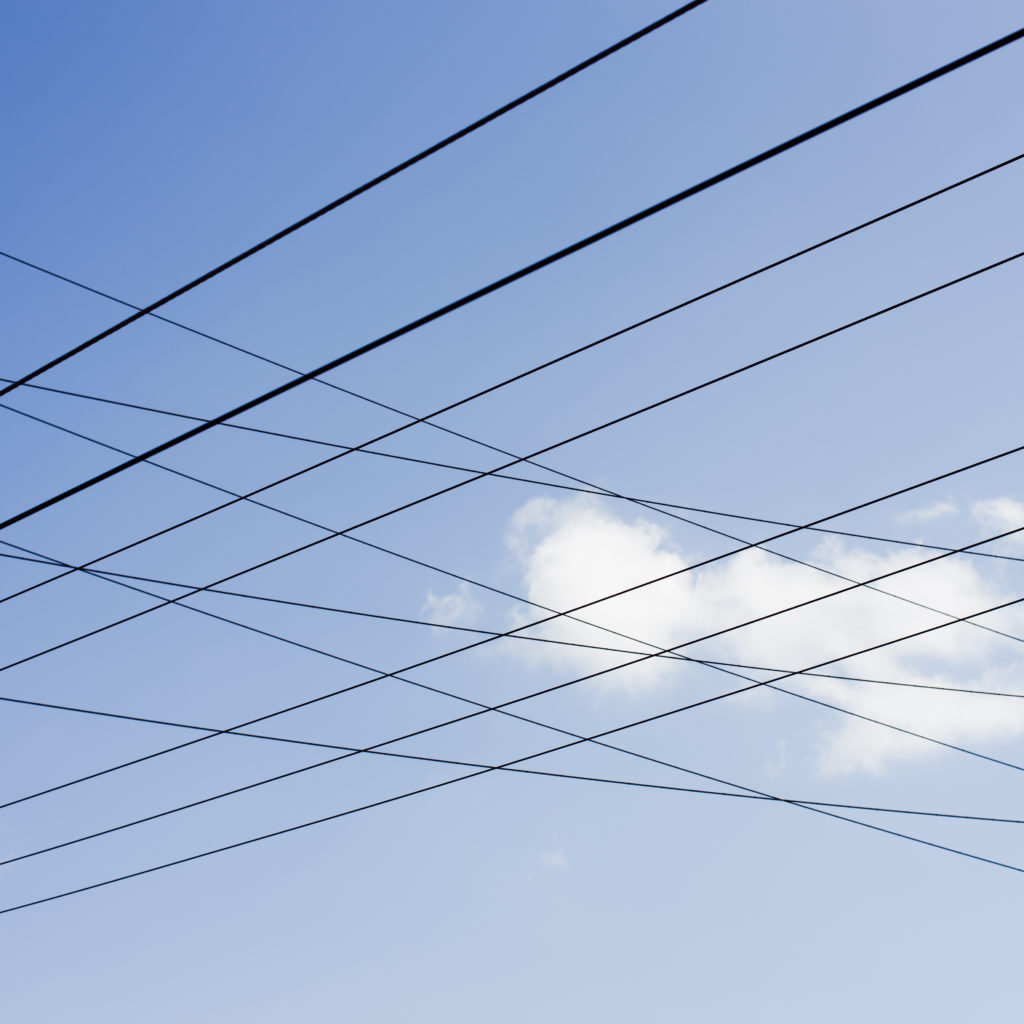by Dr Iain Staffell – Imperial College London
This quarter saw some significant changes from the first three months of 2018.
Winter was particularly mild, with average temperatures 2°C higher than last year, meaning demand was down by 6%. Nuclear output is 16% lower than last year as five reactors are down for maintenance, including two extended outages due to cracks being found.
Coal output was also down by two-thirds, and no coal was burnt for electricity for 581 hours over the quarter (27% of the time). Zero-coal hours have shot up from 0 in Q1 2017, and just 71 in Q1 2018. As we predicted last quarter, Britain’s solar panels have now beaten coal over the past 12 months – supplying 1.3 GW on average versus 1.1 GW. The warm sunny spells meant we saw midday periods when solar was the second largest source of electricity during February.
Power prices fell by almost a third from £61/MWh at the end of last year to £43/MWh in March. Lower fuel prices, and high wind output helped to suppress prices, even though the price of carbon emissions rose to a 10-year high.
Outages meant Britain’s nuclear reactors only ran at 64% of nominal capacity. In comparison, Britain’s interconnectors were the most heavily utilised technology, averaging 71%. Britain imported an average of 3.75 GW during February and March, and at no point did imports fall below 1.4 GW.
Britain’s electricity supply mix in the first quarter of 2019
Installed capacity and electricity produced by each technology 1 2
1: Other statistical sources give different values because of the types of plant they consider. For example, BEIS Energy Trends records an additional 0.7 GW of hydro, 0.6 GW of biomass and 3 GW of small waste-to-energy plants. These plants and their output are not visible to the electricity transmission system and so cannot be reported on here.
2: We include an estimate of the installed capacity of smaller storage devices which are not monitored by the electricity market operator. Britain’s storage capacity is made up of 2.9 GW of pumped hydro storage, 0.6 GW of lithium-ion batteries, 0.4 GW of flywheels and 0.3 GW of compressed air.
Authors: Dr Iain Staffell, Professor Richard Green, Dr Rob Gross and Professor Tim Green.
